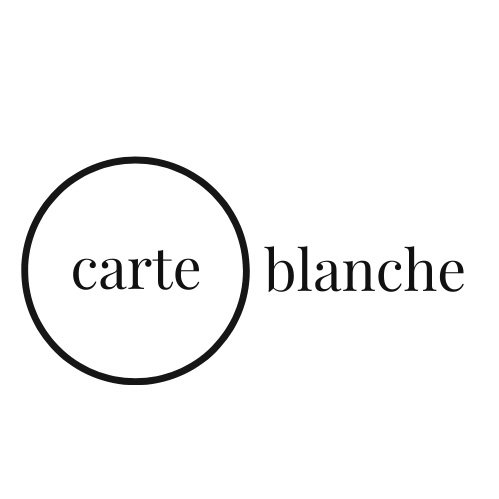THE VIRTUAL MUSEUM
re: PAGE | Issue 48
Upon entering the museum, up the stairs and to the right, text lines a panel of the left wall. Of course, before you enter the exhibit, there is a curatorial offering. These particular pieces have been brought together for a reason, share common themes, and now you know why. Bridging the mythological and the real, balancing between past and present, these collected works begin by challenging you to read your way into the spaces you’re about to enter. So, on the left wall, you read:
The Bronze Vessel by Diana Halfpenny, translated from Suzanne Jacob
This piece addresses sculpture directly, creating the story behind Marc-Aurèle de Foy Suzor-Coté’s “bronze vessel”. It allows the reader to imagine the possibilities which lead these three women to this momentary pause while fleeing a multitude of circumstances. Halfpenny’s translation shows you how to think critically about the work around you, while also interweaving histories and ancestral knowledge across time. Now, feeling your critical eye sharpen and your appetite wet for more creative works, you step forward. Around the corner, you see a projection of:
With its graphic style and limited colour palette, the work seems separated from the previous piece. In fact, all of the works so far deal with “fleeing” in some capacity. The main character in “George” faces the world head-on in a new sweater, only to discover, at the end of the day, it is completely unravelled. You laugh at the situation, admiring the line work, before your mind starts to drift. You wonder about the sweater, the ways in which as you go about your day, you often feel yourself unravel little by little. Though everyone around you believes you are keeping it together, you often struggle not to give away too much of your time and attention in a way that completely drains you. Perhaps inn a new sweater of your own, you read the comic again. Everything in here you savour. Up ahead, another projection plays across the wide back wall:
accidents + emergencies by Mischa Jakupcak
Slowly sliding through the photos, you are taken between moments. In the most immediate way, through the lens of a film photograph, you happen upon the world in which the artist lives. Each image speaks to you, and you allow space for what the image might speak to for others as well. Jakupcak’s work is at once urgent and slow, particular and universal, public and private. With half of your mind thinking of the world outside, and the other entranced by the creativity in the museum, you turn around to see a display case. Spread out are the pages of:
Gribble-Horn and Tiara: The Devouring by Jordan Penland
The bright colours and imagined world of alien creatures immediately draws you in, looking down at each panel. Gribble-Horn implies that his current predicament is one he finds himself in often, and turns to Tiara for help. Her advice seems to help him, while also forcing him to accept his circumstances through a lack of action on her part. At the same time, you are left with the ambiguity of Gribble-Horn’s fate, wondering, maybe a little deep breathing can save you from sudden death? You smile, remembering how, on some level, we’ve all tried it. Like the other works in the exhibit, this piece reminds you of the connection between art and life. As you look to the right, you see a single piece on the wall:
With the hazy colouring and texture that reminds you of vintage “National Geographic” magazines, Yskamp’s collage calls your attention. In the centre, coming from the clouds, a hand pours a mysterious pink liquid over contrasting landscapes. A large drop eases its way out of the bottle, without breaking the connection to the glass. This piece, to you, connects the realness of photographic images with the imagined story of the comics you’ve read so far. You begin to read into each differing landscape and cloud, focus on the potion’s particular hue. You stare until you feel that perhaps, you’re taking the ideal looking spot from another patron, and decide to walk over to the final piece displayed on a laptop:
The Earing Collectors by Robin Gow
All of the pieces so far have offered you a sense of “mischeviousness”, but none more so than Gow’s work, which details a snapshot into the life of queer, goblin earing collectors. At the heart of a seemingly fantastical existence, is the deeply human queer experience. Through moments of collection, you see into experiences shared across identities, watching as the “goblins” re-enact queer rites of passage, as well as their own personal histories. This short, visceral piece lets your eyes rest, but holds your attention on the page. Taking a deep breath, you step out of the exit door and into the hallway. The sun is shining, and you feel the sensation of creative excitement, and remind yourself to return to these pieces again. You look around, you get a coffee, you keep walking.
